I stumbled upon these two different ants recently. They were so similar I decided to put them in the same post.
Ant #1
1. Location of collection: Conway, Arkansas
2. Date of collection: March 27, 6PM
3. Habitat of collection: Small, open woods
4. Length (from head to gaster): 6 mm (body)/ 15 mm (body and appendages)
5. Color, hue, pattern and texture: dull red body/ shiny black gaster
6. Distinguishing characteristics: long, skinny legs and antennae
7. Distinguishing behavior: seemed to be rather "shy", generally stood still when captured, ran away in wild
8. Nest description: Unknown nest, although it seemed to "share" a nest with the second species of ant (when initially disturbed, both species came out of the nest)
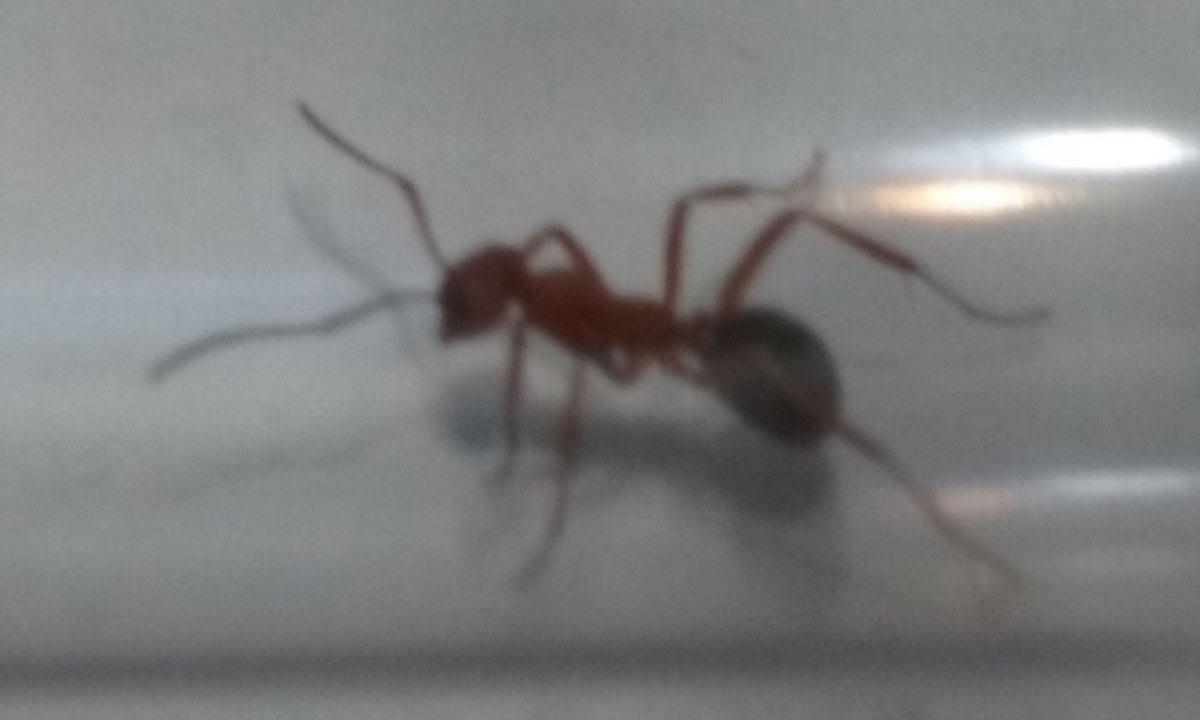
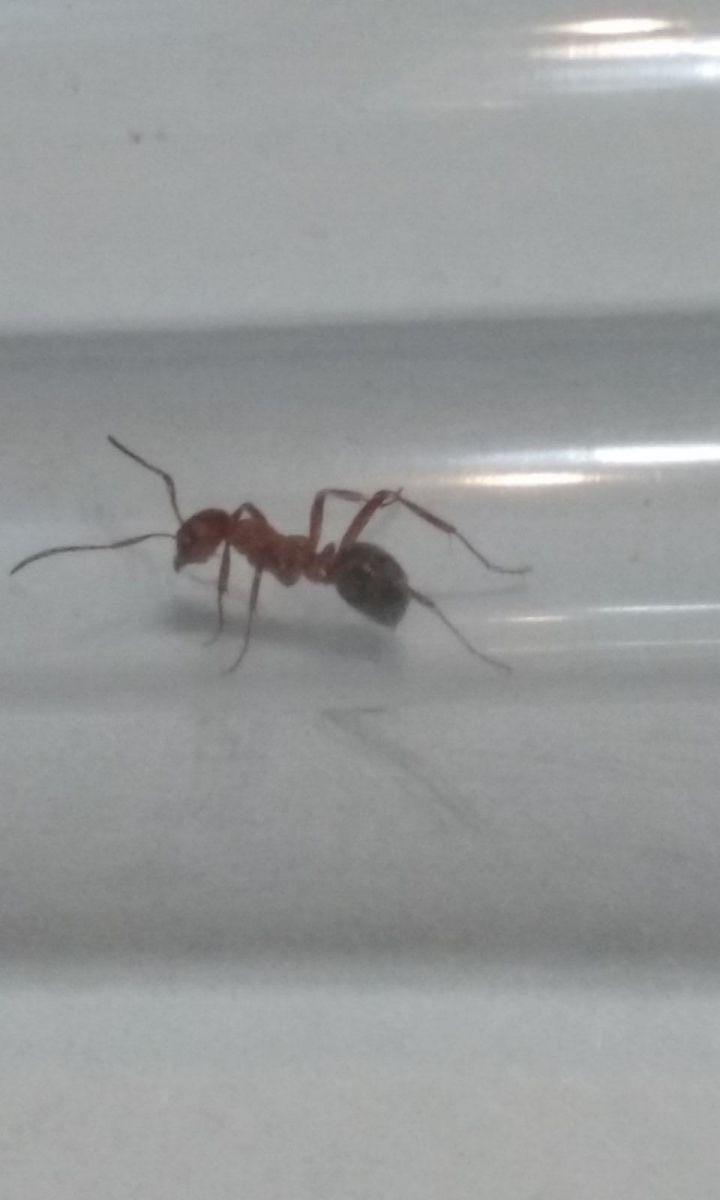
Ant #2
1. Location of collection: Conway, Arkansas
2. Date of collection: March 27, 6PM
3. Habitat of collection: Small, open woods
4. Length (from head to gaster): 6 mm (body)/ 15 mm (body and appendages)
5. Color, hue, pattern and texture: shiny black body and gaster
6. Distinguishing characteristics: long, skinny legs and antennae
7. Distinguishing behavior: extremely fast and aggressive, generally alternated between running and pausing while wild; an injured Ant #2 easily decapitated two fire ants
8. Nest description: large, covered in loose dirt and foliage, smelt of decaying matter
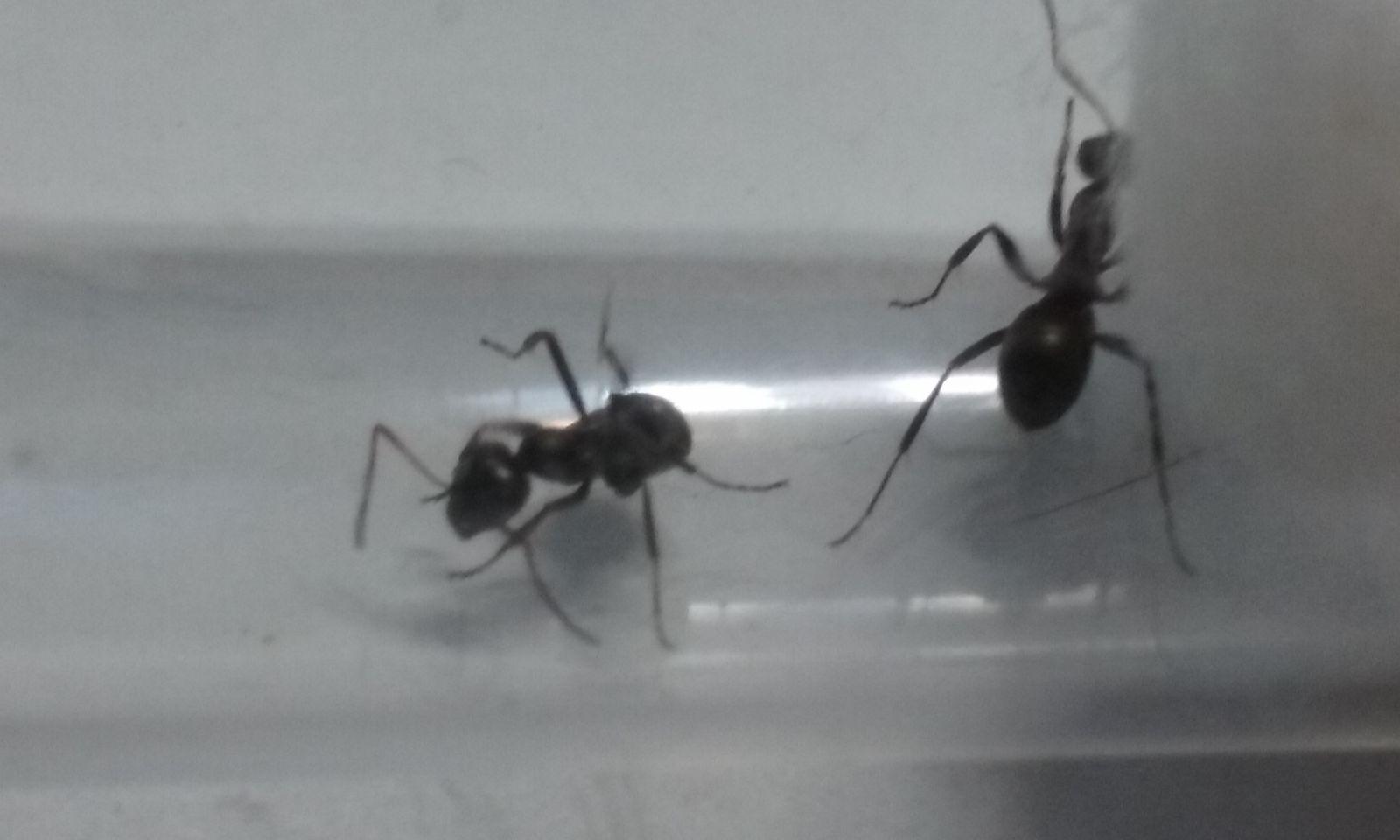
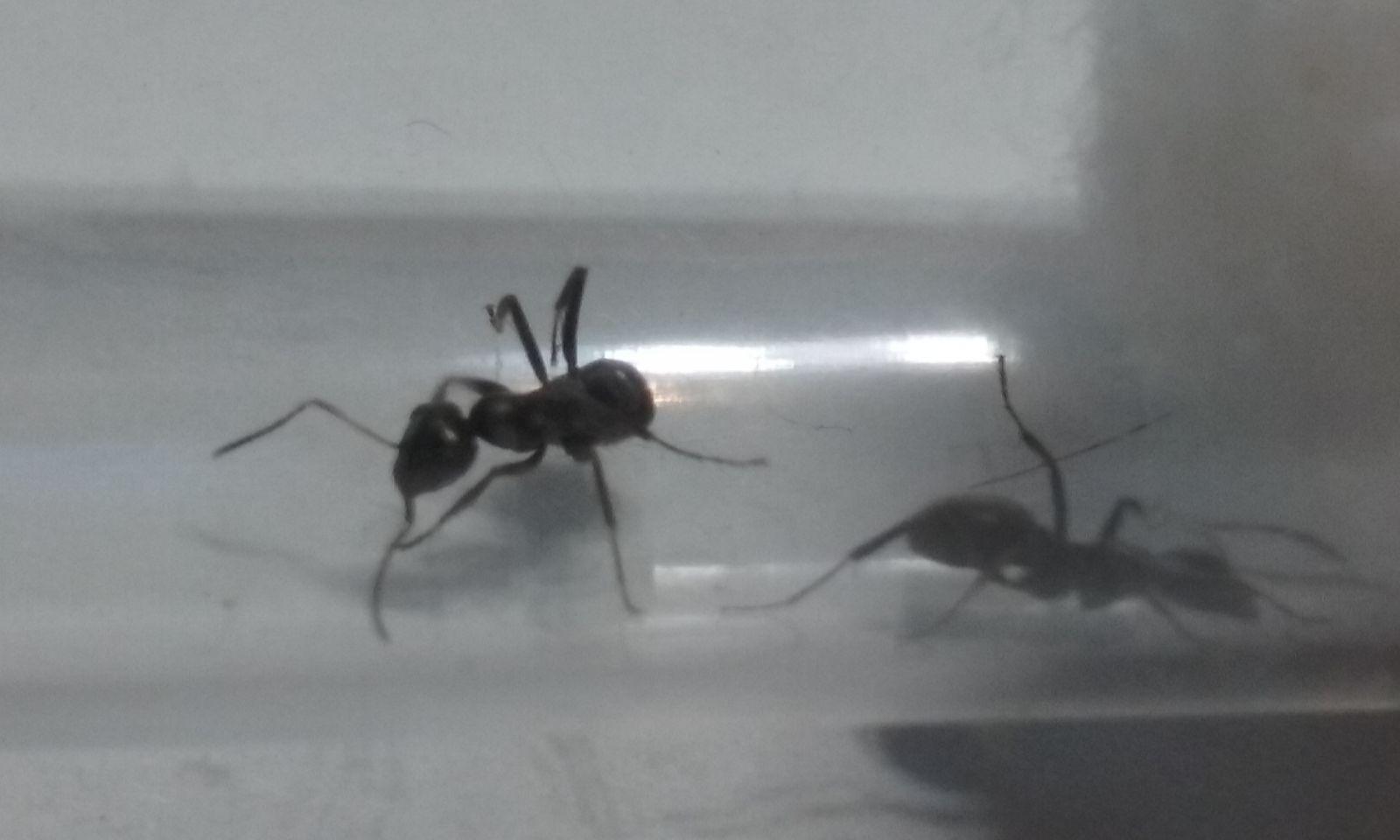
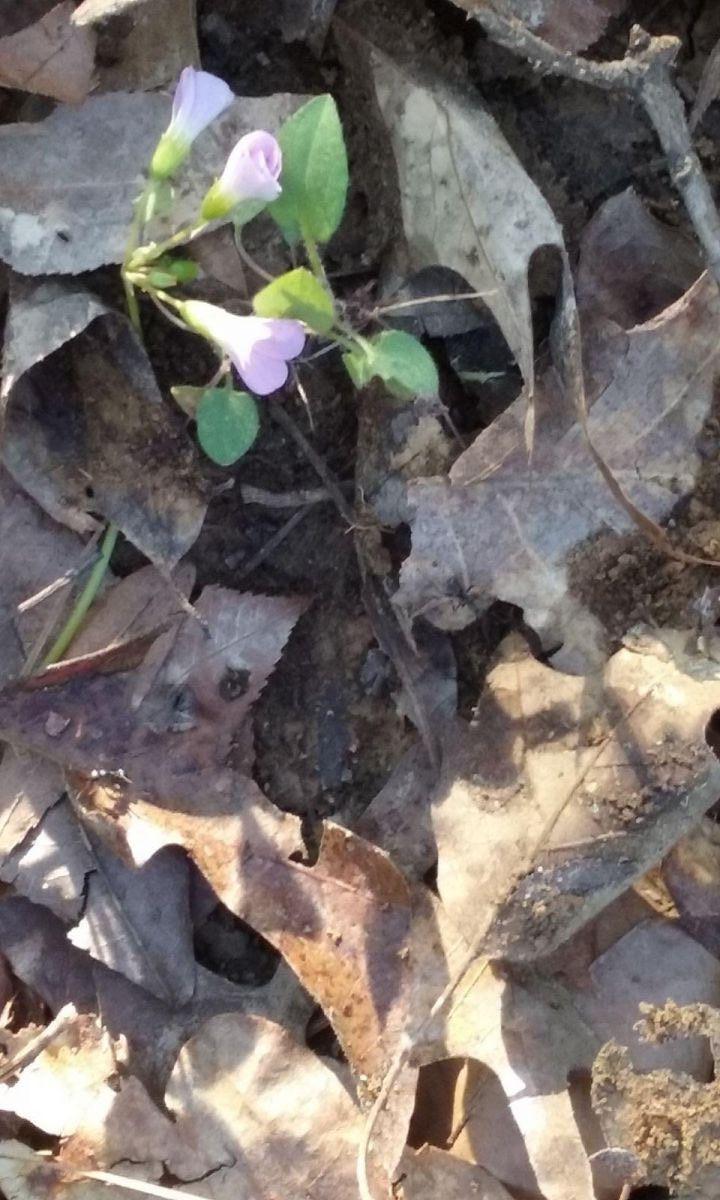
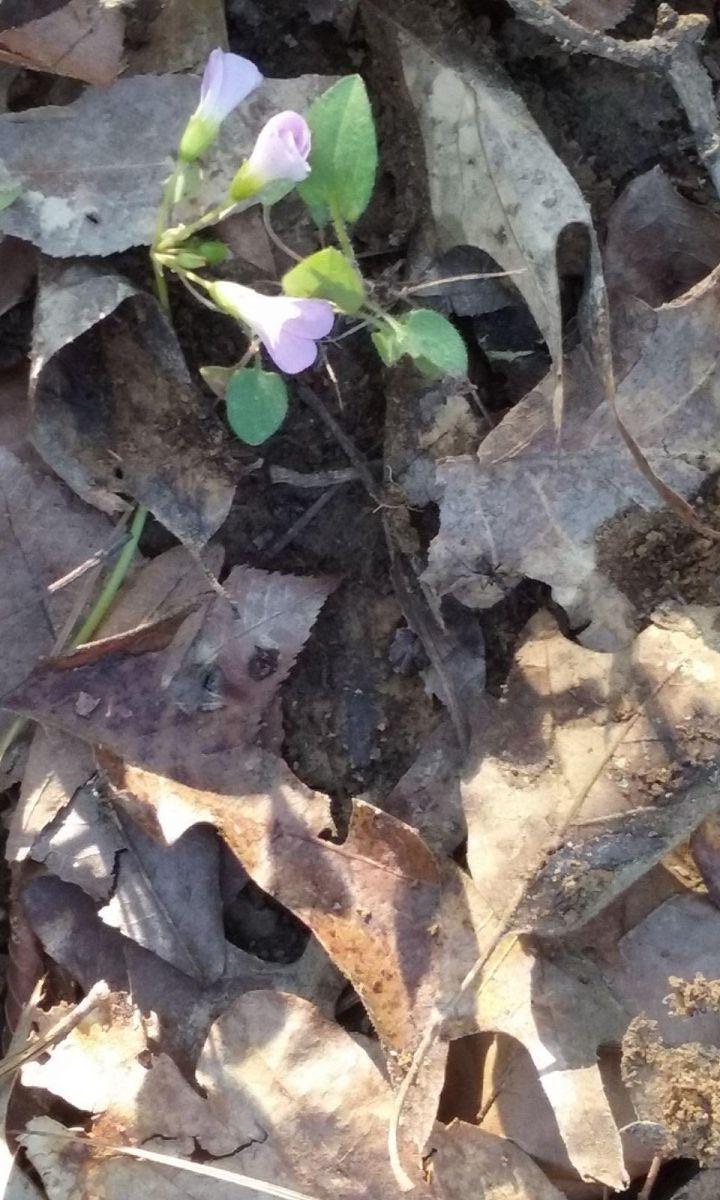
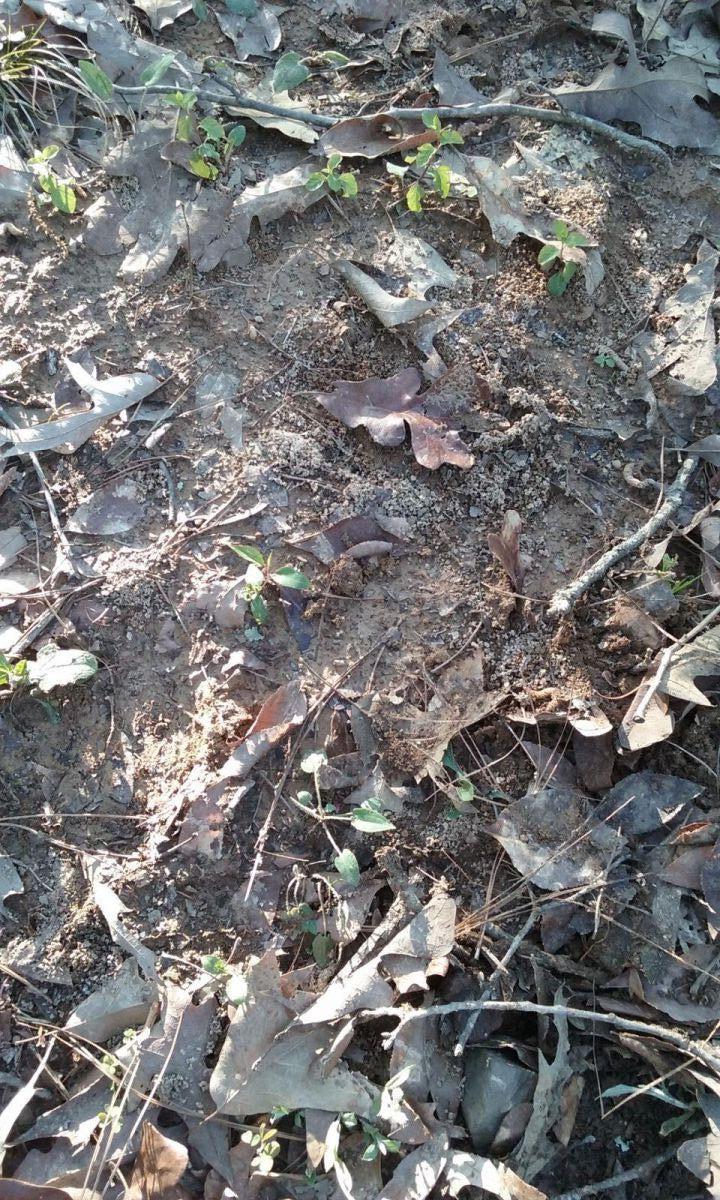
Any help on identifying these ants would be greatly appreciated. My current theory is that one of these ants species may be a parasitic or enslaved species; it's worth noting that considerably more of the second ant was present in the nest than the first ant.
Edited by theneuro, March 27 2017 - 8:03 PM.
Properly posted images

















